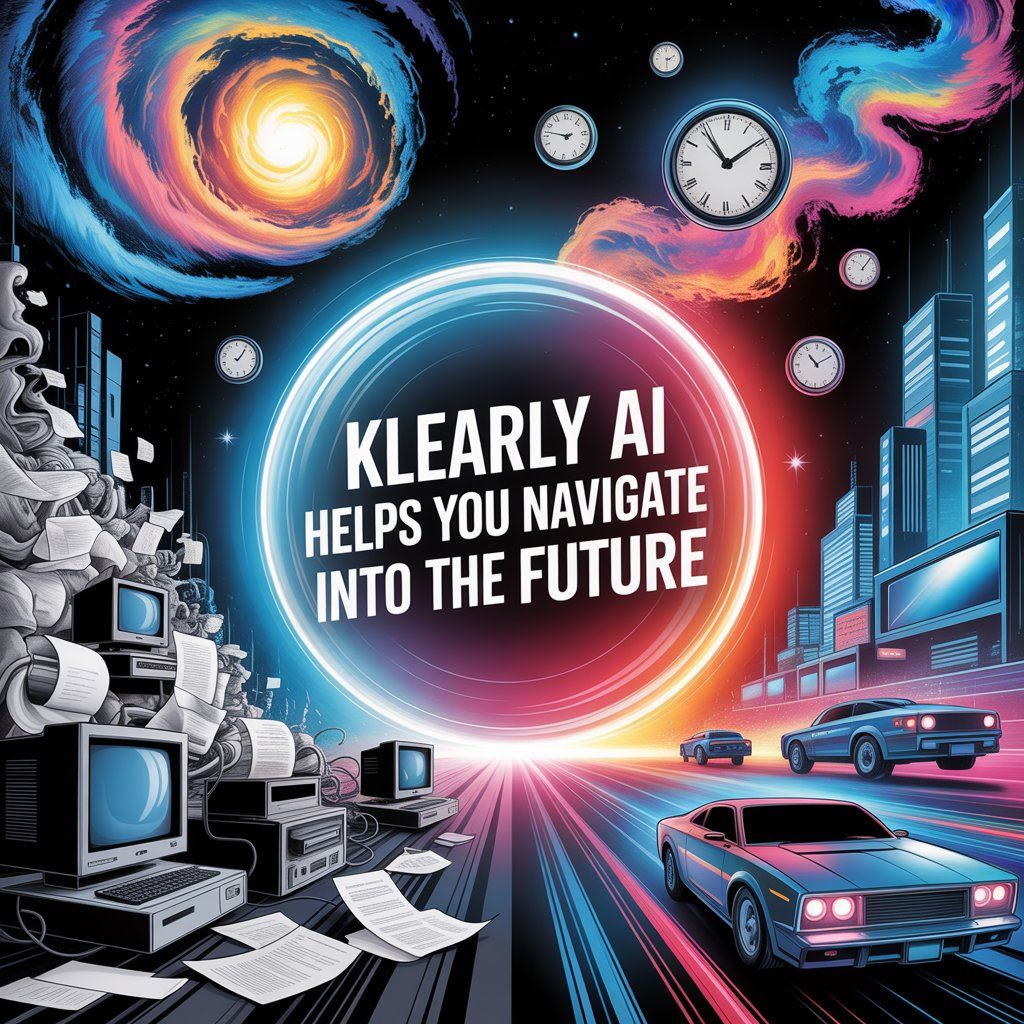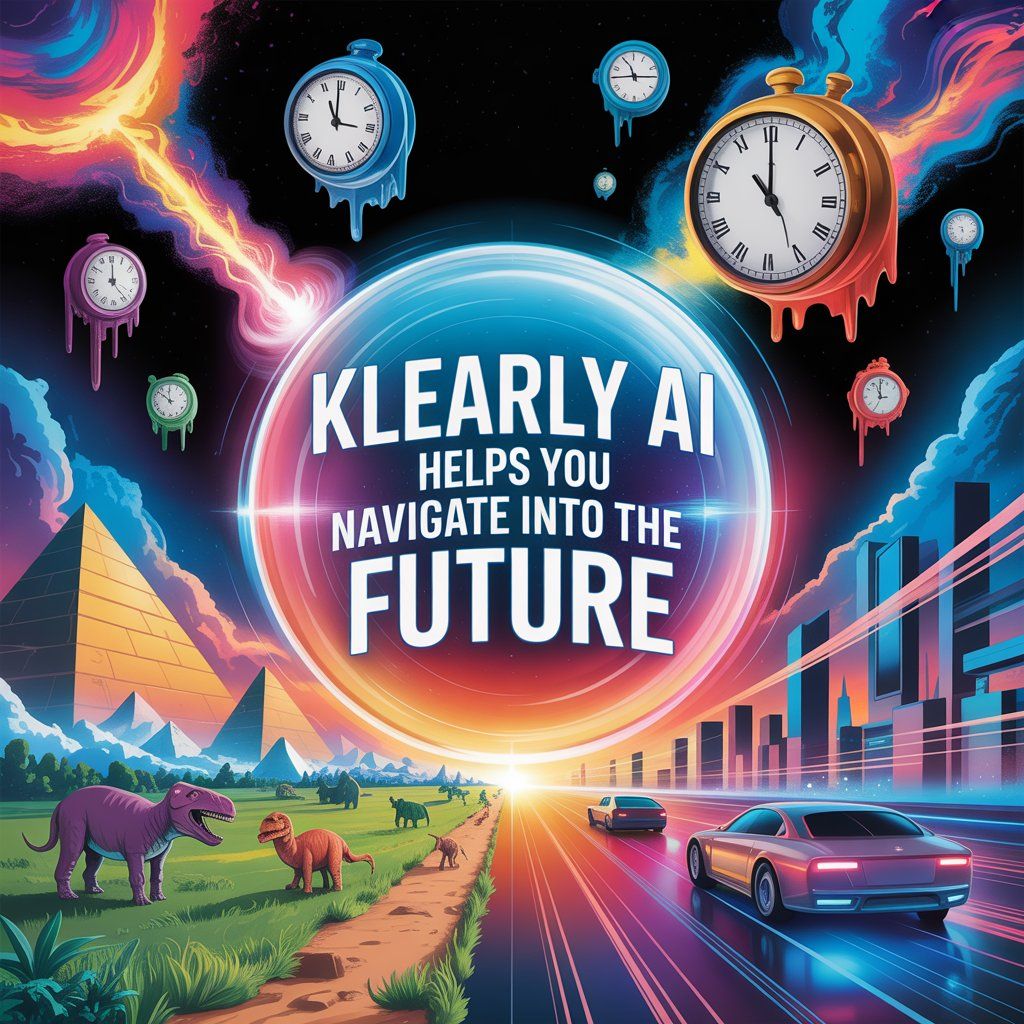Stop Swinging the Hammer: Busting AI Myths and Choosing the Right Tools for Your Business
TK
AI in Business: Beyond the Hype
Artificial Intelligence (AI) isn’t just a Silicon Valley buzzword anymore, it’s quietly running behind the scenes of businesses everywhere. From routing packages to recommending what we watch next, AI has been a core part of the business toolkit for years.
But 2025 is different. The rise of generative AI - AI that can create original text, images, code, and more has changed the game. Combined with agentic AI (AI that can take actions like scheduling tasks, retrieving data, or even sending emails) we’ve entered a new era.
With new possibilities come new fears, new myths, and a lot of noise. This post cuts through that noise: clarifying the types of AI you’re hearing about, busting the most common myths, and showing where the real business value lies.

Choose the Right AI Tool for the Job
AI isn’t one big, mysterious thing, it’s a toolbox. Each tool is designed to solve a different kind of problem, with its own underlying algorithms and inner workings.
- Traditional (Narrow) AI is like your measuring tape — precise, repeatable, and built for specific tasks like fraud detection or demand forecasting.
- Generative AI is more like your paintbrush — it creates something new: text, images, code, or even music. It’s powerful for brainstorming, drafting, or idea generation — but asking it for exact facts is like using a paintbrush to measure a wall. You’ll get something, but you probably won’t want to hang your shelves with it.
- Agentic AI is your multi-tool: not just analyzing or creating, but taking action based on what it learns. Think of it as a digital teammate that can actually do things, not just suggest them. Example: where traditional AI would predict when stock is low, and generative AI creates a summary report for your team, Agentic AI could place a restocking order, update your ERP and alert you if inventory dips below a critical threshold. Note: some of these things could be done through some earlier forms of automation - but this takes it to the next level.
The key is to know which tool to pick up and when. Misunderstandings about AI often come from expecting a single tool to solve every problem. (A hammer can’t fix everything, no matter how satisfying it is to swing one.)

Myth #1: "AI Will Replace Everyone's Jobs"
The fear of AI wiping out entire industries isn’t new, we had the same fear when automation hit manufacturing floors. And yes, history is honest here: some jobs were eliminated, especially repetitive ones. Those changes also created entirely new categories of work; from machine operators to logistics coordinators and it pushed businesses to rethink how they worked.
The lesson? Work didn’t vanish, it evolved.
Today’s AI is doing something similar: taking over repetitive, rules-based tasks while opening up space for humans to focus on higher-value work: strategy, creativity, and collaboration.
Agentic AI raises the stakes a bit since it can act, not just analyze. But the smartest move is the same as it was during the automation boom: adapt. Build skills that AI can’t easily replicate: critical thinking, emotional intelligence, and problem-solving that will help you thrive as the market continues to change. Tip: Data scientists will continue to be in demand and their work is foundational to this technology. It’s a great example of why humans-in-the-loop are so critical.
Myth #2: "AI Is Only for Large Corporations"
Not anymore. Five years ago, AI felt like an exclusive club for billion-dollar enterprises with data science teams. Today, small and medium-sized businesses can start with affordable, no-code or low-code AI tools.
For Small Businesses (SMB), AI can:
- Automate back-office tasks to save hours every week
- Streamline customer interactions with chatbots and FAQs
- Generate marketing collateral in seconds
In fact, generative and agentic AI may be the most accessible forms of AI ever - no PhD required. Tip: don't cut out the Human in the Loop aspect. AI, particuarly generative and agentic can enthusiastically do the wrong thing - it needs oversight.

Myth #3: "AI Will Solve All Your Business Problems"
If your business runs on duct-taped spreadsheets, siloed systems, and dueling KPIs, AI won’t magically clean that up.
Even the most advanced generative AI can’t fix a broken tech stack or a poorly designed workflow without some groundwork from you. AI is a multiplier: it makes good processes better and bad processes faster.
The businesses that get the most out of AI are the ones willing to do some foundational work first:
- Consolidate and clean up key data sources
- Align teams on what “success” actually means
- Streamline workflows so AI has something coherent to optimize
AI isn’t the hero, you are. AI just gives you superpowers once the basics are in place. Tip: If you're looking to get into a completely different field, you still need to do your homework outside of the Generative AIs (like ChatGPT, Claude, Gemini, etc.) - Generative AI is built on probability algorithms that might get you close (think like your friendly weather forecaster - even if the forecast says clear skies on Tuesday, it’s still smart to bring an umbrella if you see clouds rolling in).

Myth #4: "AI Can Work with Dirty Data"
AI isn’t immune to bad data, in fact, it can make the problem worse. If your data is incomplete, inconsistent, or just plain messy, AI will simply give you bad answers faster... and... enthusiastically!
Models are only as good as the information they’re trained on and the data you feed them. Garbage in, garbage out; only now it’s automated, polished, and potentially steering your decisions off a cliff.
Before layering on AI, invest in cleaning and standardizing your data:
- Define what “good data” means for your business (consistent formats, no duplicates, accurate entries)
- Put processes in place to keep it clean going forward
- Connect your systems so AI can pull from a single, reliable source of truth
Clean data doesn’t just make AI smarter (and more efficient), it makes your entire business smarter and more efficient. Consider it a bit like the Dewey Decimal System (DDS) at the library, so you can quickly find exactly what you need (a nod to the librarians in my family - they're truly masters of organizing through the chaos). Tip: Please, for the love of a carefree weekend, secure your data!
Myth #5 (bonus): AI is not sentient and isn't your expert
AI can feel eerily human. Generative models are designed to be helpful, conversational, and mirror your language back — which can make them feel like friends, advisors, or collaborators. That’s intentional design, not evidence of consciousness.
That matters because the more human an AI feels, the easier it is to trust it, sometimes too much. Here’s the reality: AI looks for patterns in data and offers probabilistic guesses. It can be brilliant at drafting, brainstorming, and summarizing AND dangerously confident when it’s wrong.
Practical guardrails to avoid the pitfalls:
- Treat AI as an assistant, not an oracle. Use it to generate options and draft ideas, but verify facts and conclusions with reliable sources or experts.
- Ask for sources, and check them. When you need facts, insist the model show its reasoning or cite verifiable references. If it can’t, double-check elsewhere.
- Keep humans in the feedback loop. Make decisions with human judgment and diverse perspectives - especially on anything that affects people’s lives or wellbeing.
- Set boundaries for personal use. If you or someone you know starts preferring an AI over real human interaction, that’s a red flag: call a friend, call a therapist, or call your mom. (Use your best Judgement on which order.)
- Talk to kids about AI like you’d talk about the Internet. Teach them what AI does well, what it doesn’t, and ask to see interactions occasionally - it’s a learning opportunity for everyone.
- Use prompts that reduce personality when needed. If you want factual, unemotional outputs, tell the model: “Be concise and factual — no opinions.” That simple prompt often helps.
Bottom line: AI can feel human, but it isn’t. Treat it like a powerful tool that needs oversight, not a replacement for human judgment or care (at least until it becomes our boss?).

The Real Benefits of AI and how to get started Without Overwhelm
With the right data foundation and the right tool for the job, AI can transform how your business operates. It's tricky to provide this without tipping into hype. The truth? Nearly every area of your business probably has an opportunity to either become more efficient or deliver more value to customers, which means saving money, making money, or both.
And here’s the good news: AI adoption doesn’t have to be a massive digital transformation project. The smartest approach is to start small and strategic:
- Pick one high-impact area. Start with a clear problem: like customer service response times or lead scoring, and run a focused pilot project.
- Measure Return On Investment (ROI) early. Track results right away so you know what’s working before you scale it across the business.
- Invest in people. Train your team (or bring in experts) so humans and AI can work together effectively. This is where the real magic happens.
The Bottom Line
AI isn’t a magic wand, it’s a force multiplier. Businesses that clean up their systems, experiment strategically, and invest in their people will unlock new opportunities for growth. Those that wait? They risk playing catch-up while competitors race ahead.
The future of work isn’t you or machine - it’s you with machine. The businesses that thrive will be the ones that:
- Choose the right AI tool for the job (don’t use a hammer when you need a screwdriver)
- Keep humans in the loop, to guide decisions, check outputs, and ensure the tech is being used ethically and effectively
- Invest in learning and adaptation, so their teams grow alongside the technology
AI can automate, generate, and even act, but it still needs human judgment, creativity, and context. The companies that master this partnership will be the ones writing the next chapter of business success.

Let’s See If AI Can Move the Needle for Your Business
Curious about where AI could create the most impact — and whether now is the right time to invest?
Apply for a free 15-minute Pre-Qual Call with our team. In this call, we’ll:
- Review your top challenges
- Discuss what success looks like for you
- Determine together if there’s a strong opportunity to work together
We only open our calendar to businesses that are ready to take action, so filling out this quick form helps us make sure this time is well spent for both of us.
© 2025 Klearly AI, LLC. All Rights Reserved.
